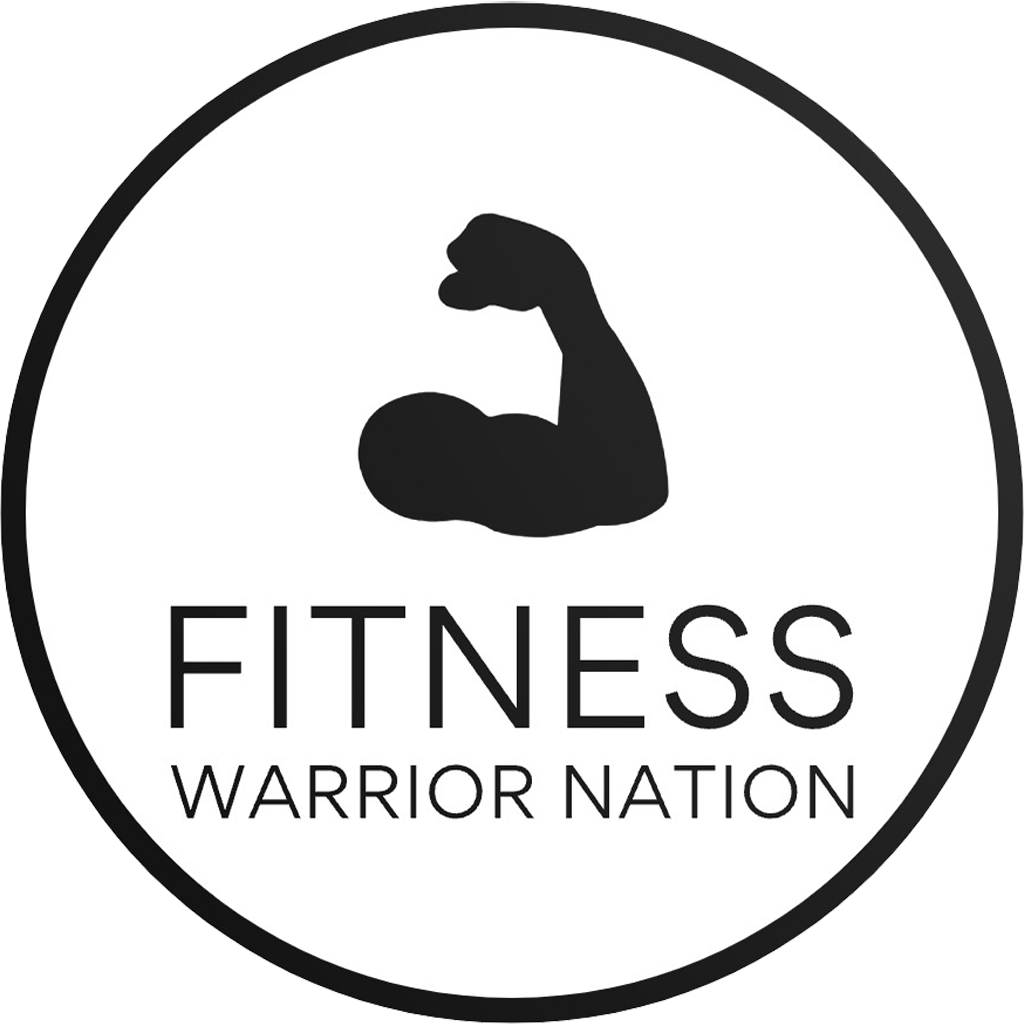In the relentless pursuit of muscle mass and strength, athletes and fitness enthusiasts often grapple with critical choices about their nutrition. As the supplement market expands, understanding the nuances between different protein sources becomes vital. From the reputable offerings of Bodybuilding.com to iconic brands like MuscleMilk, deciphering what truly fuels muscle growth in 2025 can make all the difference. Today, we delve into a comprehensive comparison of protein sources, examining how they influence muscle hypertrophy, recovery, and overall health. With emerging scientific insights, brand credibility, and strategic nutrition planning, achieve your maximum potential with confidence.
Understanding Protein Sources: Animal-Based vs Plant-Based for Optimal Muscle Gains
Protein intake is the cornerstone of muscle development, yet the debate over the superiority of animal versus plant-based sources persists. Both categories offer unique benefits, supported by evolving research and industry trends in 2025. Animal proteins—like whey, casein, and eggs—are traditionally favored for their complete amino acid profiles and rapid digestibility. Conversely, plant proteins from sources such as pea, rice, or hemp have gained popularity due to their health benefits and inclusivity for various diets. To optimize muscle gains, understanding their composition, bioavailability, and practical usage is crucial.
Key Differences in Amino Acid Profiles and Digestion
The primary factor differentiating protein sources lies in their amino acid composition. Animal proteins such as whey from Optimum Nutrition contain all essential amino acids, including high levels of leucine, which is pivotal for muscle protein synthesis (MPS). These proteins generally digest quicker, facilitating rapid recovery post-exercise.
Plant proteins, on the other hand, often lack one or more essential amino acids, such as methionine or lysine, making them incomplete proteins. However, combining different plant sources—for example, rice and pea—can produce a complete amino acid profile. Recent studies highlight that with proper formulation, plant-based proteins can be just as effective in stimulating muscle growth.
| Aspect | Animal-Based Proteins | Plant-Based Proteins |
|---|---|---|
| Amino Acid Profile | Complete; Rich in leucine | Often incomplete; needs blending |
| Digestibility | Faster; ideal post-workout | Slower; better in meals |
| Health Benefits | High in B12, Iron (heme form) | Rich in fiber, phytochemicals |
| Environmental Impact | Higher carbon footprint | Lower footprint; sustainable |
Both sources can be incorporated into a balanced diet, but the latest research suggests that total daily protein intake and timing are more critical than the source itself.
Brand Comparisons: How Top Creators Like Bodybuilding.com and MuscleMilk Offer Differing Approaches
In 2025, brands continue refining their protein formulas to maximize muscle synthesis. Bodybuilding.com actively reviews supplement science, promoting products like Dymatize’s ISO100 Whey or BSN’s Syntha-6. These emphasize fast digestion, high leucine content, and minimal additives—key factors for workout recovery.
Meanwhile, MuscleMilk markets its products as being tailored for sustained muscle nourishment, featuring slow-digesting proteins that support overnight recovery. Their shakes combine casein with other proteins, providing a steady amino acid release lineup which can benefit those with extended fasting periods.
Ingredients and Nutritional Focus
The industry has shifted towards transparency and clean label formulations. Top brands now emphasize:
- Minimal artificial sweeteners
- Added enzymes for better digestion
- Fortified with vitamins and minerals to support overall health
- Blended protein complexes for comprehensive amino acid coverage
Choosing between brands depends on your specific goals—whether quick muscle repair or prolonged nutrient supply—making it important to review each product’s detailed profile.
| Brand | Protein Type | Key Features |
|---|---|---|
| Optimum Nutrition | Whey isolate and concentrate | High leucine, low fat, fast absorption |
| Dymatize | Hydrolyzed Whey Protein | Rapid digestion, minimal lactose |
| MuscleMilk | Mixture (Casein, Milk Protein) | Sustained release, ideal for overnight |
| Cellucor | Plant and whey blends | Vegetarian options, added BCAAs |
Scientific Insights: How Both Protein Types Support Muscle Hypertrophy Equally in 2025
Until recently, dogma held that animal proteins were inherently superior for muscle building. However, groundbreaking studies in 2025 challenge this view. Researchers from Fitness Warrior Nation present evidence that, when total protein intake is sufficient, both animal and plant proteins stimulate muscle protein synthesis equally.
A recent six-week trial involved resistance-trained participants adhering to both vegan and omnivorous diets, with equal protein intake (~1.2-1.4 grams per kilogram). Despite differences in amino acid origin, muscle biopsies revealed comparable hypertrophy and strength gains.
| Parameter | Animal Protein | Plant Protein | Findings |
|---|---|---|---|
| Muscle Protein Synthesis Rate | High, rapid | Equally high when amino acids are adequate | |
| Growth Outcomes | Significant gains | Comparable gains with proper formulation | |
| Recovery Time | Fast | As fast with adequate intake |
This evidence confirms that with current formulations and supplementation, plant-based proteins can match animal sources, empowering individuals with dietary flexibility while optimizing muscle development.
Practical Strategies for Maximizing Muscle Growth with Diverse Protein Sources
Building on scientific findings, strategic nutritional planning becomes essential in 2025. Here are key tactics to harness the power of both animal and plant proteins effectively:
- Prioritize total daily protein intake: Aim for at least 1.6-2.2 grams per kilogram of body weight, ensuring enough substrate for muscle repair.
- Distribute protein evenly: Spread intake across 3-5 meals, with an emphasis on post-workout nutrition to maximize MPS.
- Incorporate diverse sources: Mix beef, eggs, dairy with lentils, peas, and rice to optimize amino acid coverage and support gut health.
- Use supplements strategically: Incorporate high-quality powders like Dymatize or MyProtein for convenience during busy days or in travel.
- Focus on recovery nutrition: Consume protein shortly after workouts for rapid repair, with slow-digesting proteins before fasting periods overnight.
For optimal results, pairing these strategies with a disciplined training regimen and adequate rest will amplify gains and maintain health in 2025.
FAQs: Clarifying Common Questions About Protein and Muscle Growth in 2025
- Can vegetarians and vegans build muscle as effectively as omnivores?
- Absolutely. With proper planning, combining various plant proteins, and possibly supplementing with specific amino acids, vegetarians and vegans can achieve muscle growth comparable to omnivores, supported by recent science.
- Is animal protein still considered superior for muscle building?
- In 2025, research indicates that total daily protein intake and amino acid adequacy are more important than whether the source is animal or plant-based. Both can be equally effective when properly formulated.
- Should I choose a specific brand for my protein supplement?
- Quality matters. Look for reputable brands such as Optimum Nutrition, MyProtein, or others that prioritize transparency, minimal additives, and high amino acid content.
- How often should I consume protein powders in a typical day?
- Use protein powders primarily post-workout, as meal replacements, or during days when dietary intake from whole foods is limited. Spreading intake evenly across meals enhances muscle recovery and growth.
- What role does timing play in maximizing muscle gain?
- Timing is critical—consume protein within 30-60 minutes after workouts and before fasting periods for optimal synthesis. Combining this with a consistent training schedule yields the best results.

